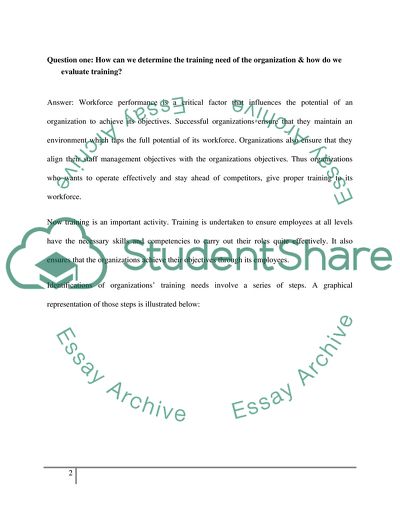Cite this document
(How Do We Evaluate Training Dissertation Example | Topics and Well Written Essays - 3750 words, n.d.)
How Do We Evaluate Training Dissertation Example | Topics and Well Written Essays - 3750 words. Retrieved from https://studentshare.org/human-resources/1724825-hr-managment
How Do We Evaluate Training Dissertation Example | Topics and Well Written Essays - 3750 words. Retrieved from https://studentshare.org/human-resources/1724825-hr-managment
(How Do We Evaluate Training Dissertation Example | Topics and Well Written Essays - 3750 Words)
How Do We Evaluate Training Dissertation Example | Topics and Well Written Essays - 3750 Words. https://studentshare.org/human-resources/1724825-hr-managment.
How Do We Evaluate Training Dissertation Example | Topics and Well Written Essays - 3750 Words. https://studentshare.org/human-resources/1724825-hr-managment.
“How Do We Evaluate Training Dissertation Example | Topics and Well Written Essays - 3750 Words”, n.d. https://studentshare.org/human-resources/1724825-hr-managment.


